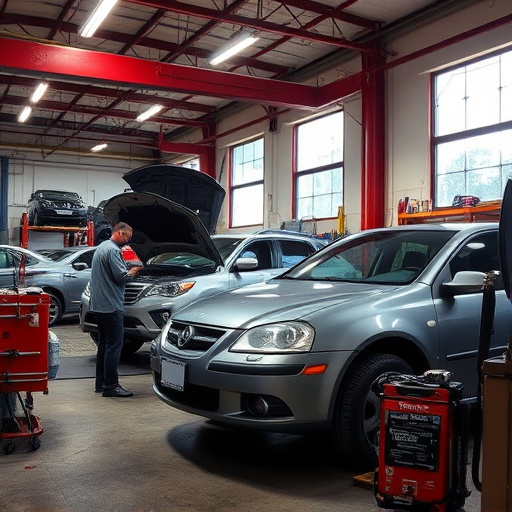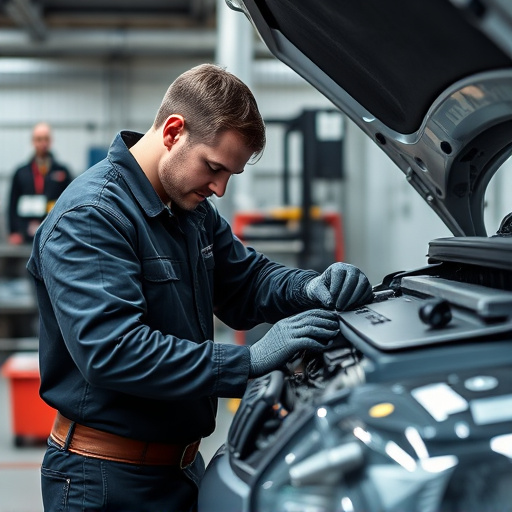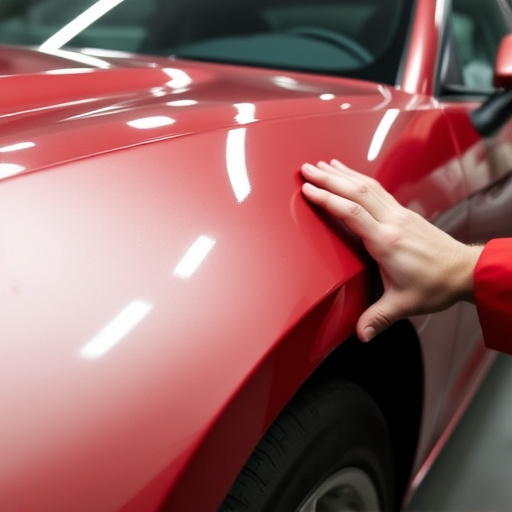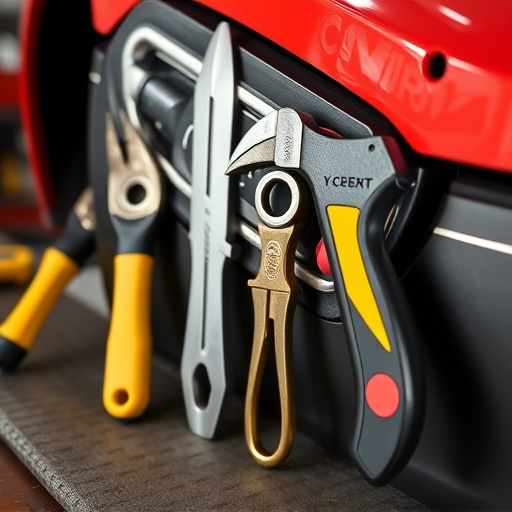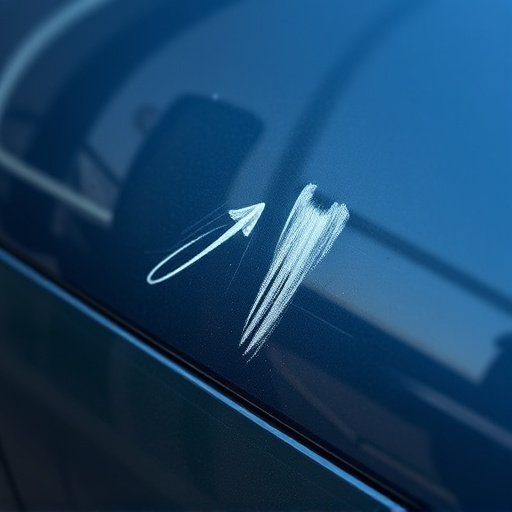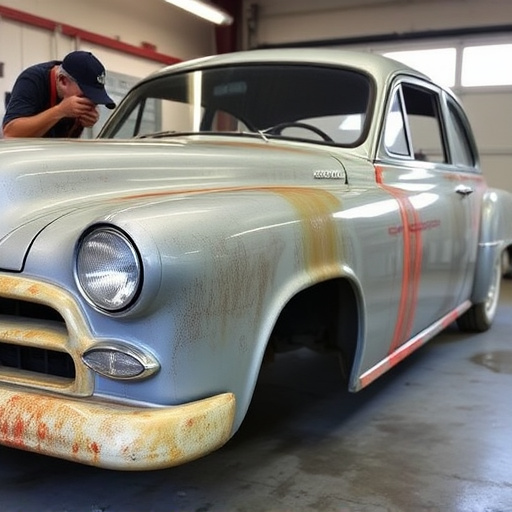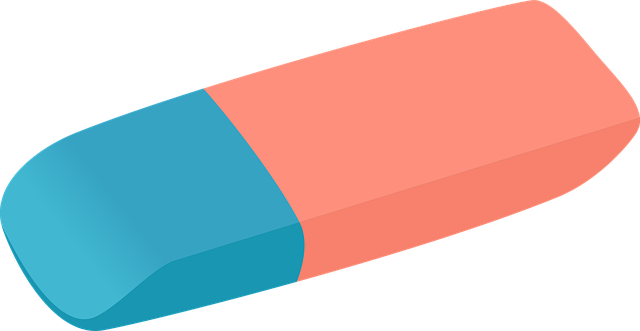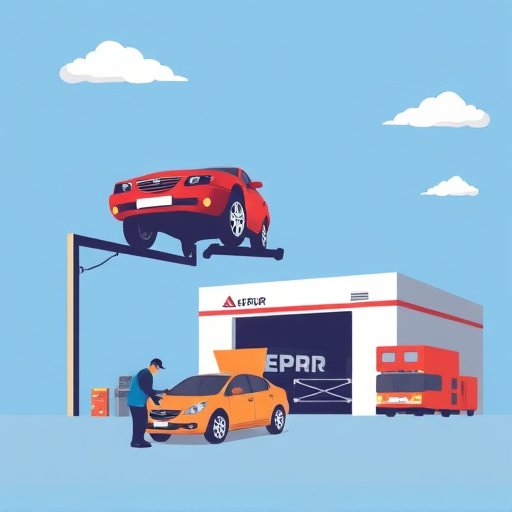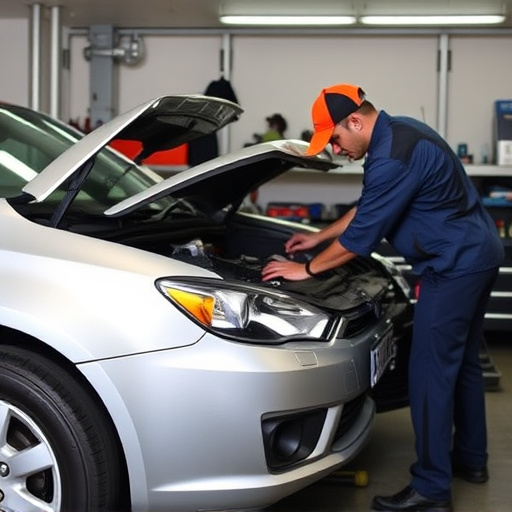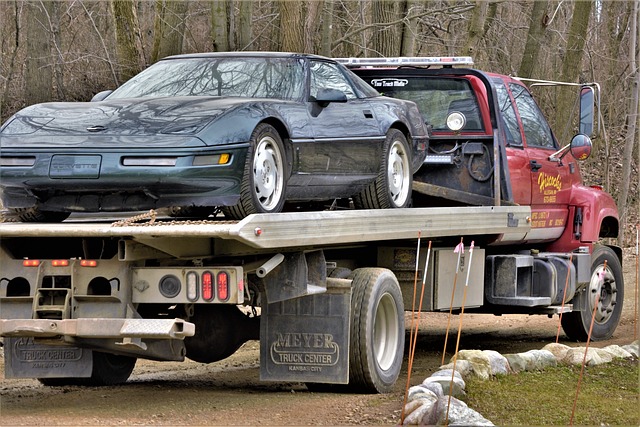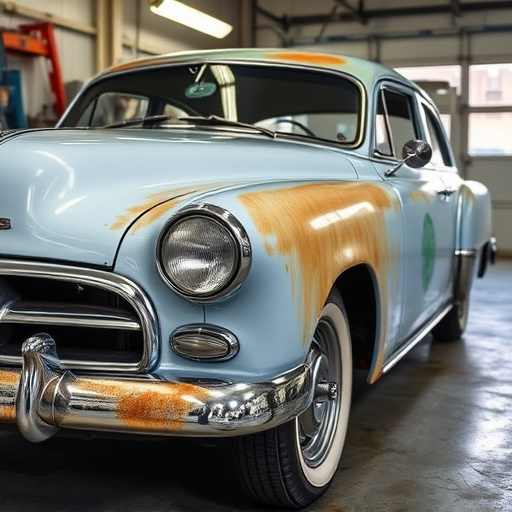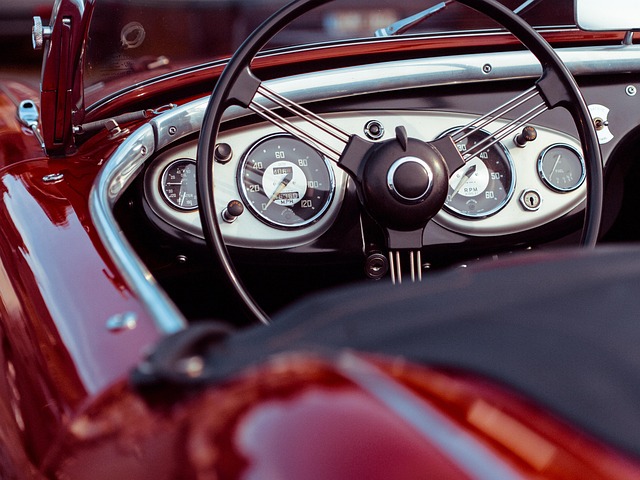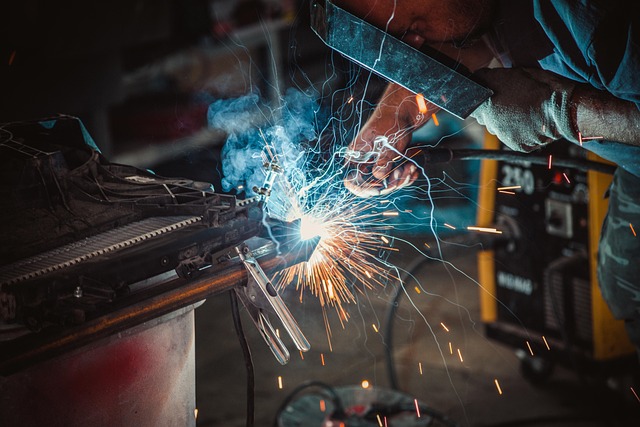After a collision, a thorough inspection of a sedan's exterior, structure, internal components, and systems is crucial for effective sedan collision repair. This includes assessing dents, scratches, misalignments, bumper integrity, glass damage, suspension wear, tire conditions, and hidden internal issues. Professional technicians use advanced tools like high-resolution cameras and laser scanners to detect all types of damage, ensuring accurate repairs, optimal performance, and enhanced safety for the restored vehicle.
“Unraveling the fundamentals of sedan collision repair is crucial for anyone involved in automotive restoration. This comprehensive guide takes you through the essential aspects of addressing damage to these common vehicles. From assessing sedan damage—identifying fender benders, bumper scuffs, and more—to the meticulous repair process, including disassembly, replacement parts, and expert painting, we demystify every step. Additionally, we explore how to restore safety and performance, ensuring your sedan meets stringent standards post-repair. Get ready to dive into the world of sedan collision repair.”
- Assessing Sedan Damage: What to Look For
- – Identifying common types of sedan damage in collisions
- – Tools and techniques for thorough initial inspection
Assessing Sedan Damage: What to Look For
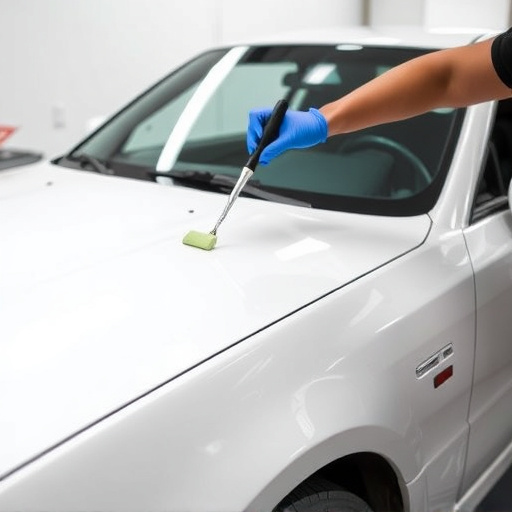
When assessing damage to a sedan following a collision, it’s crucial to inspect various components to ensure accurate and effective sedan collision repair. Start by examining the exterior for dents, scratches, or cracks on the body panels, fenders, doors, and hood. Check for misalignments in doors, hoods, and trunks, indicating potential frame damage. Look closely at the bumpers, as they are often the first line of defense during a collision and may require bumper repair or replacement.
Pay attention to glass integrity, checking for chips, cracks, or complete shattering. The suspension system should also be evaluated, looking for signs of wear or damage that could affect vehicle handling and safety. In addition, inspect the tires for blowouts, punctures, or off-center positioning. Finally, don’t overlook internal components like the engine, transmission, and electrical systems, as they may need attention during auto body restoration to ensure comprehensive sedan collision repair.
– Identifying common types of sedan damage in collisions
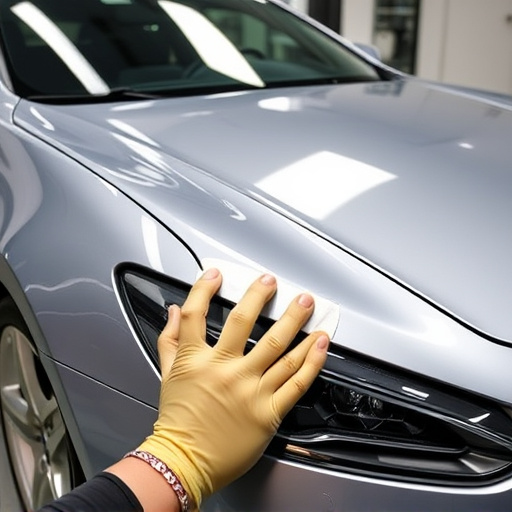
In any sedan collision, several common types of damage can occur. One of the most visible and immediate issues is cosmetic damage, which includes dents, scratches, and cracked or broken glass. These are often the first signs that a vehicle has been in an accident and can range from minor imperfections to significant deformities. Next, structural damage is another critical aspect of sedan collision repair. This refers to the integrity of the car’s frame and chassis, which must be thoroughly inspected for bends, twists, or misalignments that could compromise the vehicle’s safety and handling.
Underneath the surface, collisions can also cause internal damage such as torn or compressed airbags, ruptured fuel lines, and damaged electrical systems. These hidden issues require meticulous attention during auto frame repair and vehicle body repair processes to ensure the vehicle is not only structurally sound but also safe for operation. Vehicle restoration after a collision involves addressing all these aspects, from cosmetic fixes to intricate mechanical repairs, to get the sedan back on the road in top condition.
– Tools and techniques for thorough initial inspection

When it comes to sedan collision repair, a meticulous initial inspection is paramount to ensuring the best possible outcome. Professional technicians utilise a combination of advanced tools and traditional methods to assess every angle and dimension of the vehicle. This involves visual inspections with high-resolution cameras to capture detailed images of the damage, as well as using specialized measuring equipment like laser scanners to pinpoint precise measurements. These initial steps are crucial for creating accurate repair estimates and planning the subsequent sedan collision repair process.
During this phase, experts also carefully examine the vehicle’s undercarriage, frame, and structural components for any hidden damage or misalignments. This thorough approach not only helps in identifying visible impacts but also predicts potential long-term effects on the car’s performance and safety. Such comprehensive initial inspections are a cornerstone of reliable vehicle repair services and body shop services, ensuring that every aspect of the sedan collision repair is accurately addressed.
Sedan collision repair is a complex yet essential process that requires a deep understanding of vehicle dynamics and advanced repair techniques. By familiarizing yourself with common types of damage and utilizing appropriate tools, you can effectively assess and address issues, ensuring the safety and structural integrity of the sedan. Through this knowledge, professionals in sedan collision repair not only restore vehicles to their pre-accident condition but also contribute to the overall efficiency and sustainability of automotive services.
